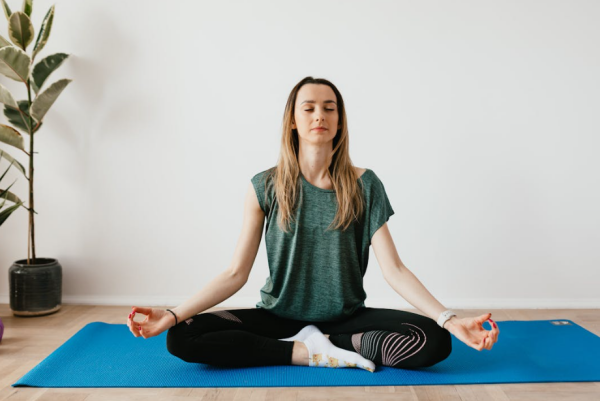
Tips on how to encourage your teen to give mindfulness a try
In today’s fast-paced and digitally connected world, teenagers face unique challenges that can affect their mental, emotional, and even physical well-being. Between academic pressures and social media expectations, teenagers nowadays often experience heightened stress and anxiety.
One effective tool we can offer to help teens navigate these challenges is mindfulness into their daily routine. Mindfulness is the practice of bringing your full attention to the present moment while acknowledging and accepting your feelings, thoughts and emotions at that time.
By introducing mindfulness into their lives, teenagers can learn to manage stress, develop emotional resilience and enhance their overall wellbeing. If you’re looking for tips on how to encourage your teen to try practising mindfulness, check out our simple yet effective ideas below.
Start small
Introducing mindfulness doesn't have to be difficult or time-consuming. Teens are more likely to embrace mindfulness if it feels approachable and enjoyable so start by trying short activities such as calming breathing techniques or mindful listening.

Use technology
Since technology is such an important part of our teenager’s lives, using it to support mindfulness practices can be useful. There are many apps and videos on YouTube designed specifically to guide mindfulness and meditation for teens, such as Headspace or Calm. These apps provide a variety of mindfulness exercises, from meditations and sleep aids to yoga and journaling prompts, so they can try different options at their own pace.
Try it together
Lead by example and try engaging in mindfulness with your teen. Taking a few moments together to meditate or go on a mindful walk can strengthen family bonds and create a safe space where your teen can learn about their mental and emotional wellbeing.

Introduce body scans
For teens who may feel anxious or overwhelmed, body scans are great mindfulness tools that not many people think of. They can help to lead teenagers through focused attention on their breath or body sensations, which helps ground them in the present moment.
Create a mindful space
If you create a designated space for mindfulness, this can help your child associate an area of your home with calm and relaxation. This space can simply be a quiet corner in your living room with comfortable seating and soft lighting. When teens have a space to retreat to when they need a break, they are more likely to turn to mindfulness as a form of selfcare.
